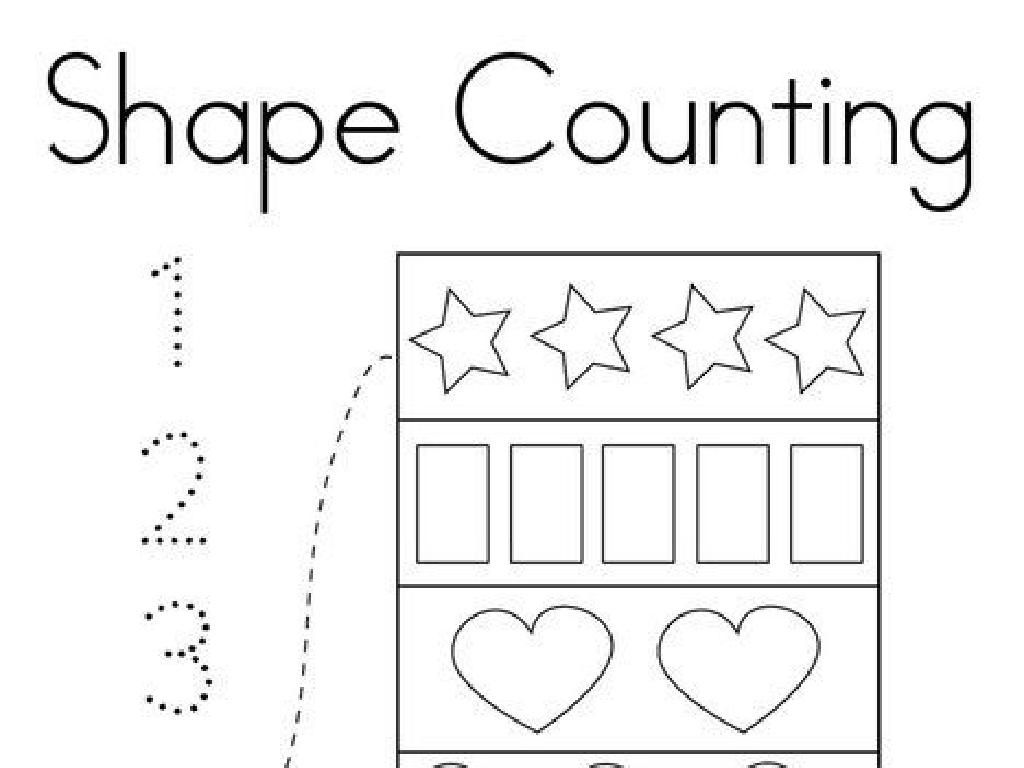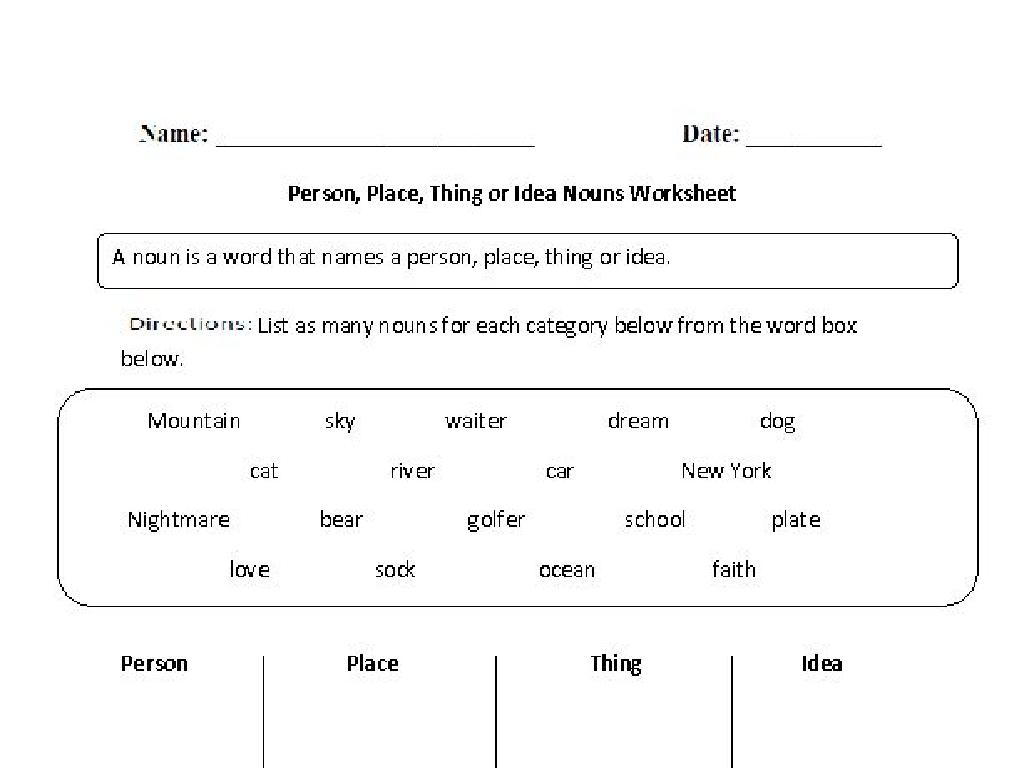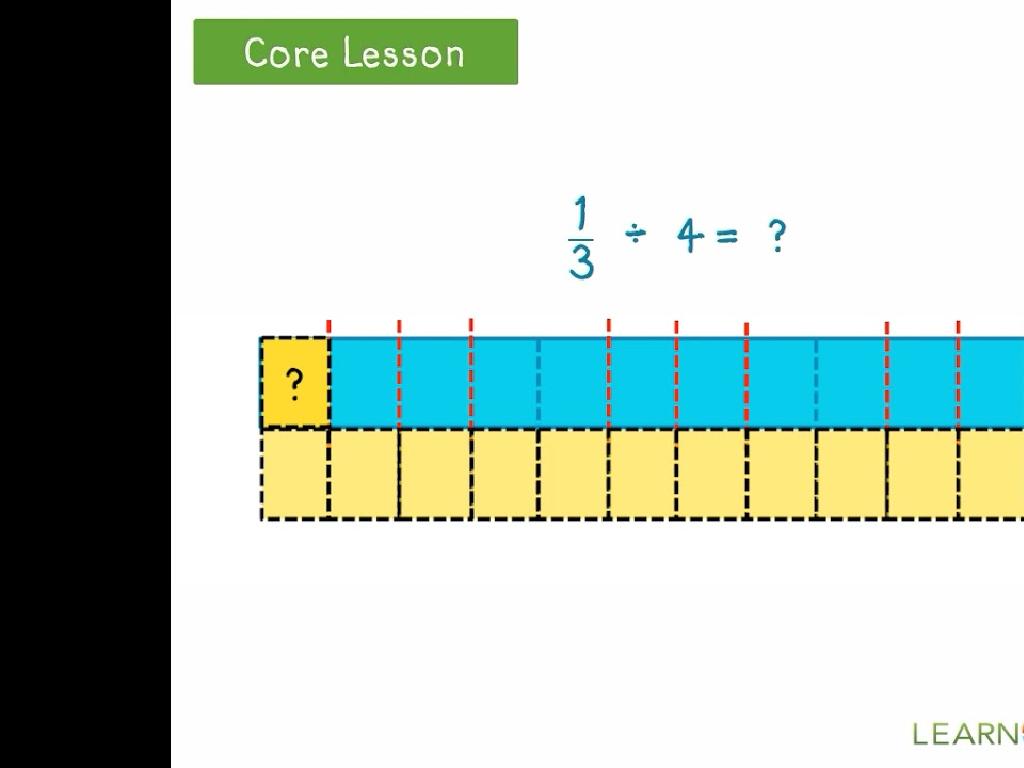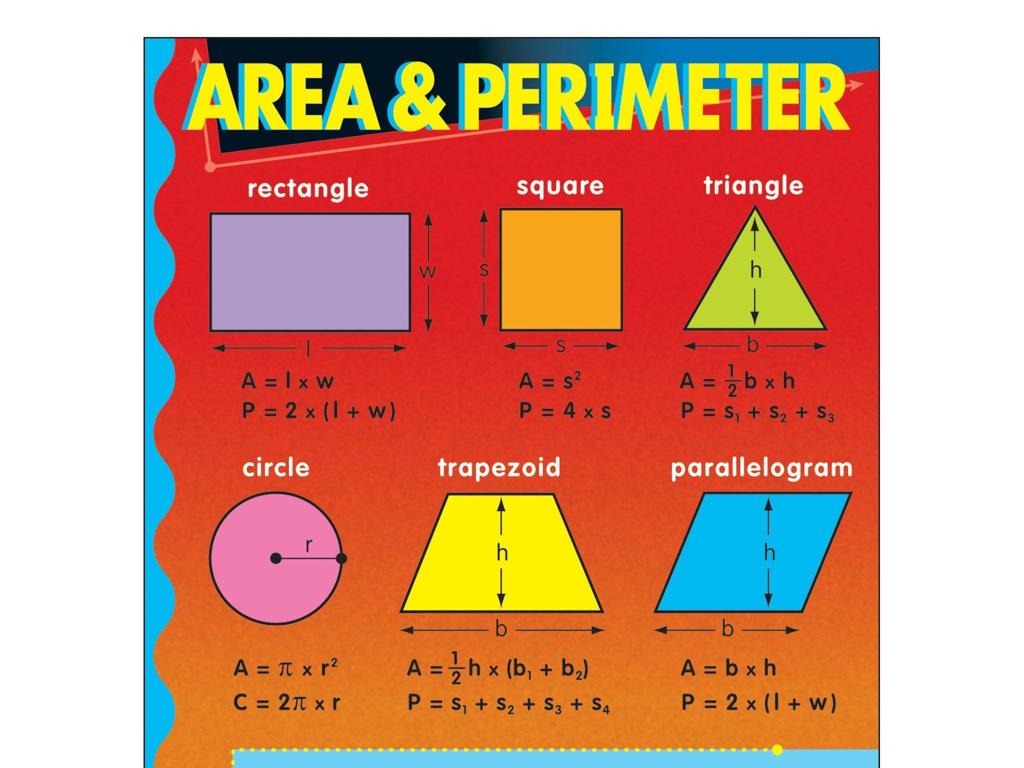Use Relative Pronouns: Who And Whom
Subject: Language arts
Grade: Fourth grade
Topic: Pronouns
Please LOG IN to download the presentation. Access is available to registered users only.
View More Content
Understanding Relative Pronouns: Who & Whom
– What are relative pronouns?
– Words like ‘who’ and ‘whom’ connect clauses and refer to people
– The role of ‘who’ in sentences
– Use ‘who’ as the subject of a verb, e.g., ‘The girl who ran fast won the race.’
– When to use ‘whom’ instead of ‘who’
– ‘Whom’ is used as the object of a verb or preposition, e.g., ‘To whom did you give the book?’
– Choosing the right pronoun matters
– Using ‘who’ and ‘whom’ correctly improves clarity and understanding in writing
|
This slide introduces the concept of relative pronouns, focusing on ‘who’ and ‘whom,’ which are used to connect clauses and refer to people. It’s crucial for students to understand that ‘who’ is used when referring to the subject of a clause, while ‘whom’ is used for the object of a verb or preposition. Emphasize the importance of choosing the correct pronoun to make sentences clear and easily understandable. Provide examples and encourage students to create sentences using both ‘who’ and ‘whom’ to reinforce the lesson. This foundational knowledge will aid in their writing and comprehension skills.
Exploring Pronouns: Who and Whom
– Pronouns replace nouns
– ‘Who’ for subjects
– Use ‘who’ when talking about the person doing an action
– ‘Whom’ for objects
– Use ‘whom’ when referring to the person receiving an action
– Practice with examples
– We’ll do exercises to understand better
|
Begin with a quick review of what pronouns are, emphasizing that they are used in place of nouns to avoid repetition and make sentences smoother. Explain that ‘who’ is used when the pronoun is the subject of a verb (the one doing the action). ‘Whom’ is used when the pronoun is the object of a verb or preposition (the one receiving the action). Provide clear examples for both ‘who’ and ‘whom’ to illustrate their proper use. For instance, ‘Who is going to the store?’ versus ‘To whom should I give this book?’ After the explanation, engage the students with practice exercises where they fill in the blanks with ‘who’ or ‘whom’ and create their own sentences using both pronouns correctly.
Exploring Relative Pronouns: Who & Whom
– What are relative pronouns?
– Words like who, whom, that, which connect clauses to nouns
– They add info about nouns
– Example: The girl who borrowed my book is my friend
– Meet today’s stars: Who & Whom
– ‘Who’ is for subjects, ‘whom’ for objects
– Practice using Who and Whom
– We’ll do exercises to understand better
|
This slide introduces the concept of relative pronouns, focusing on ‘who’ and ‘whom’, which are used to connect clauses and provide additional information about nouns. Start by explaining that relative pronouns serve as a bridge between two ideas in a sentence. Use simple examples to show how ‘who’ and ‘whom’ relate to the subject and object of a sentence, respectively. Emphasize the difference in usage with examples and prepare a few exercises for the class to practice distinguishing between ‘who’ and ‘whom’. The goal is for students to understand how these pronouns can add detail to sentences and to become comfortable using them in their writing.
Understanding ‘Who’ in Sentences
– ‘Who’ for the subject of a clause
– ‘Who’ is used for people, not things, and tells us who is doing the action.
– Example: ‘The girl who won the race is my friend.’
– ‘The girl’ is the subject who is doing the action (winning the race).
– Activity: Find the subject in the example
– Who is doing the action in the sentence? It’s ‘the girl.’
|
This slide introduces the relative pronoun ‘who,’ which is used to refer to the subject of a clause – the person who is doing the action. The example sentence provided helps illustrate the use of ‘who’ in context. For the activity, guide the students to identify ‘the girl’ as the subject of the clause ‘who won the race.’ This will help them understand how ‘who’ connects additional information to the subject. Encourage students to come up with their own sentences using ‘who’ and to identify the subjects in those sentences. This exercise will reinforce their understanding of subjects and relative pronouns.
Mastering ‘Whom’ in Sentences
– Understanding ‘whom’ usage
– ‘Whom’ as clause object
‘Whom’ is used for the object of a verb or preposition.
– Example with ‘whom’
In ‘The boy to whom the trophy was given felt proud’, ‘whom’ is the object of ‘to’.
– Activity: Find the object
Look at the example and identify the object ‘whom’ is referring to.
|
This slide is focused on teaching the use of the relative pronoun ‘whom’ in sentences. ‘Whom’ is often used to refer to the object of a clause, which can be the object of a verb or a preposition. It’s less commonly used in everyday speech but is important for formal writing. The provided example illustrates how ‘whom’ is used in context. The class activity is designed to reinforce the concept by having students identify the object in the given sentence. For the activity, guide students to understand that ‘whom’ replaces the object of the sentence and is used after prepositions. Encourage them to create their own sentences using ‘whom’ correctly. This will help them differentiate between ‘who’ (subject) and ‘whom’ (object).
Understanding ‘Who’ vs. ‘Whom’
– ‘Who’ for the action doer
– Like ‘Who ate the cookie?’
– ‘Whom’ for the action receiver
– Like ‘To whom was the letter addressed?’
– Trick: ‘Who’ if ‘he’ or ‘she’ fits
– ‘Who’ is used like ‘He ate the cookie’ or ‘She ate the cookie’
– Trick: ‘Whom’ if ‘him’ or ‘her’ fits
– ‘Whom’ is used like ‘The letter was addressed to him’ or ‘The letter was addressed to her’
|
This slide aims to clarify the usage of ‘who’ and ‘whom’ for fourth graders. ‘Who’ is used to refer to the subject of a sentence, the one doing the action. For example, ‘Who is riding the bike?’ can be thought of as ‘He is riding the bike.’ ‘Whom’ is used for the object, the one receiving the action. For instance, ‘Whom are you calling?’ can be thought of as ‘You are calling him.’ The trick with replacing ‘who’ with ‘he’ or ‘she’ and ‘whom’ with ‘him’ or ‘her’ provides a simple way for students to remember which to use. Encourage students to practice this trick with different sentences and to share examples with the class.
Let’s Practice Together: Who vs. Whom
– Choose ‘who’ or ‘whom’ for each sentence
– ‘I met a lady who/whom is a famous author.’
– ‘who’ is correct because the lady is the subject doing the action.
– ‘The athlete who/whom the coach praised broke the record.’
– ‘whom’ is correct because the athlete is the object of the praise.
– Understand the role of ‘who’ and ‘whom’
– ‘Who’ is for subjects, ‘whom’ for objects.
|
This slide is an interactive class activity to help students practice using ‘who’ and ‘whom’ correctly. ‘Who’ is used when referring to the subject of a sentence, the one doing the action. ‘Whom’ is used when referring to the object of a verb or preposition. Provide examples and guide students through choosing the correct pronoun for each sentence. Encourage them to explain their choices to reinforce their understanding. For the first sentence, ‘who’ is correct because the lady is the subject who ‘is a famous author.’ For the second sentence, ‘whom’ is correct because the athlete is the object of the coach’s praise. After the activity, review the answers as a class and discuss why each choice is correct.
Class Activity: Who or Whom?
– Write sentences with ‘who’
– ‘Who’ is for the subject of the sentence, like ‘Who is riding the bike?’
– Write sentences with ‘whom’
– ‘Whom’ is for the object, such as ‘To whom should I give this book?’
– Exchange sentences with classmates
– Class discussion on subjects and objects
– Identify ‘who’ as the doer and ‘whom’ as the receiver in sentences
|
This activity is designed to help students practice using ‘who’ and ‘whom’ correctly. Start by explaining that ‘who’ is used to refer to the subject of a sentence (the one doing the action) and ‘whom’ is used for the object (the one receiving the action). Have students work in pairs to create sentences, ensuring they understand the difference between subjects and objects. After exchanging sentences with another pair, lead a class discussion to review the sentences, focusing on correct usage. Encourage students to explain why they chose ‘who’ or ‘whom’ in their sentences. This will help solidify their understanding and provide an opportunity for peer learning.
Conclusion & Homework: Mastering ‘Who’ and ‘Whom’
– Importance of correct pronoun use
– Practice ‘who’ and ‘whom’ through writing
– Homework: Craft a short story
– Write a creative story as homework
– Include sentences with ‘who’ and ‘whom’
– Use ‘who’ for subjects and ‘whom’ for objects in sentences
|
As we wrap up our lesson on relative pronouns, it’s crucial for students to understand the importance of choosing the correct pronoun to make their writing clear and accurate. Encourage them to practice by using ‘who’ and ‘whom’ in different sentences. For homework, students should write a short story, ensuring they include at least five sentences that correctly use ‘who’ and ‘whom’. This will help reinforce their understanding of the subject and object pronoun usage. In the next class, we can review some of the stories and highlight the correct uses of ‘who’ and ‘whom’ in their work.





